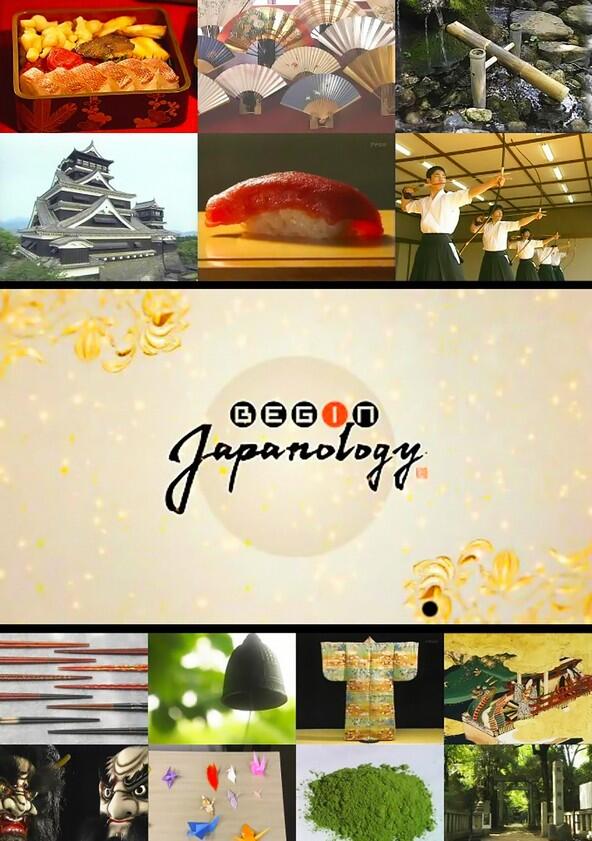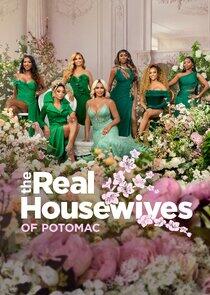Begin Japanology - Season 3 / Year 2009

Season 3 / Year 2009

Episodes

Nishijin-ori

Kyoto Lacquerware

Sake

Katsura Rikyu

Bonsai

The Four Seasons

Hina Dolls

Nagasaki

Five-Story Pagodas

Cherry Blossoms

Chopsticks

Aizome

Bunraku

Kiriko Cut Glass

Traditional Folk Houses

Tea Ceremony

Soba
Affordable, casual and tasty, soba noodles are one of the most popular foods in Japan. Whether as a light lunch, as part of an evening's carousing, or at special once-a-year ceremonies, these nourishing noodles made from buckwheat flour are enjoyed throughout the country. The custom of eating soba caught on more than three centuries ago as an affordable street food among the ordinary people of Japan. It was a specialty of the shogun's capital, Edo (modern-day Tokyo), where it dovetailed perfectly with the busy lifestyle of the townspeople. There are various types of soba noodle, and they're prepared in many different ways - cold, with a simple dip; hot in a rich, savory soup; or served with a variety of tasty toppings, such as tempura, egg, deep-fried tofu, or slices of duck meat. These preparations are enjoyed year-round. Generations of soba craftsmen have developed techniques to draw out the flavor from the plain-tasting buckwheat grain. There are still many restaurants that make their noodles in the traditional way. In recent years, there's also been a boom for home-made noodles. Soba-making classes attract plenty of aspiring soba-makers, often middle-aged or older men aiming to take their love of soba to the next level. Discover how these simple noodles developed from a humble street food and are now prized by local gourmets.

Origami

Imari Porcelain

Folding Fan

Kaiseki Cuisine

The Sounds of Japan

Masks

Satoyama

Kendo

The Fragrances of Japan

Spinning Tops

Rock and Stone

Ink Brushes
Since ancient times, people in Japan have devoted themselves to the traditional art of calligraphy, shodo. Writing characters with ink on paper, they create works that express the inherent beauty of the Japanese written language. In shodo, brushes are used for applying the ink to the paper. The expressiveness of the characters derives from variations in the speed and force that the calligrapher uses to move the brush. The brushes themselves are simple objects, made from bundles of animal hair or other materials bundled together and fixed to a shaft. The actual materials used will depend on the style of calligraphy that is desired. Around 80 percent of Japanese ink brushes are produced in Kumano, Hiroshima Prefecture. There are numerous workshops in this town where skilled craftsmen still make the brushes by hand in the traditional way. On this edition of BEGIN Japanology, we examine the history, development and contemporary applications of ink brushes, introducing these simple implements that have been so essential to the development of Japanese writing and painting.

Tsukemono

Dogs

Ramen

Rice

Shinto Shrine

Festivals
In Japan, festivals are known as matsuri. Many matsuri are colorful and boisterous occasions. Matsuri are typically associated with a Shinto shrine. Local people gather to pray and give thanks to the enshrined deity for agricultural bounty, health, safety and security. Over the years, these gatherings have evolved into elaborate events that frequently feature dancing, masks and magnificent floats. Entire local communities may be drawn into the preparations for festivals, which have nurtured some of the most refined arts and crafts in Japan. Even the sophisticated Noh theatre has festival origins, and, in some communities, apprentices will spend years learning a craft such as woodcarving specifically for its application in an annual matsuri. Some festivals involve breathtaking demonstrations of courage and skill, and all contribute to stronger family and community bonds. On this edition of BEGIN Japanology, we present some of the most famous festivals in Japan and consider the links to community and culture.

Shinkansen

Gagaku

Marriage

Shogi

Nabe Cuisine

Sword
Recently Updated Shows

The Creep Tapes
Based on a collection of videotapes in the secret vault of the world's deadliest and most socially uncomfortable serial killer, who hires his victims to film him for the day under false pretenses, each episode exposes a new victim from one of the fabled 'Creep Tapes'.

America's Funniest Home Videos
ABC's longest-running primetime entertainment show, America's Funniest Home Videos, returns for season 36 this fall with the same mission -- giving families something genuinely funny to enjoy together on Sunday nights.
"AFV," the longest-running primetime entertainment show in ABC history, returns for season 36 with the same mission - to provide viewers with hysterical moments that fly by at a dizzying pace.

The Real Housewives of Potomac
Just up the river from our nation's capital lies a hidden gem—Potomac, Maryland. Its rolling hills, gated mansions, sophisticated prep schools, and exclusive country clubs all serve to keep the area invitation-only. Sprinkled throughout this community are a handful of old-line, wealthy African-American families who have historically broken racial barriers to provide a life of privilege for their children. The Real Housewives of Potomac follows the upscale lives of six intriguing, well-to-do women: Gizelle Bryant, Katie Rost, Karen Huger, Charrisse Jackson-Jordan, Robyn Dixon, and Ashley Darby, all of whom have fought for their places in this society by way of legacy or marriage. In a town where entry is granted only through class, pedigree, and lineage, how far will these ladies go to secure their spot at the top of this prestigious circle?

The Traitors Canada
Follow a group of contestants – including some familiar faces – who live together as they complete a series of challenges with the goal of earning a cash prize. The catch? Some of the contestants are traitors who will attempt to deceive and manipulate their way to the prize instead of sharing it amongst the group. In this psychological adventure will the traitors be unmasked in time?
